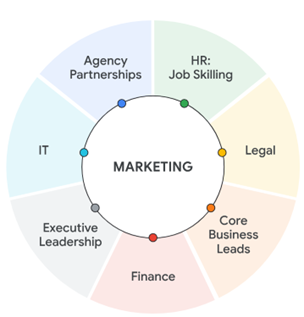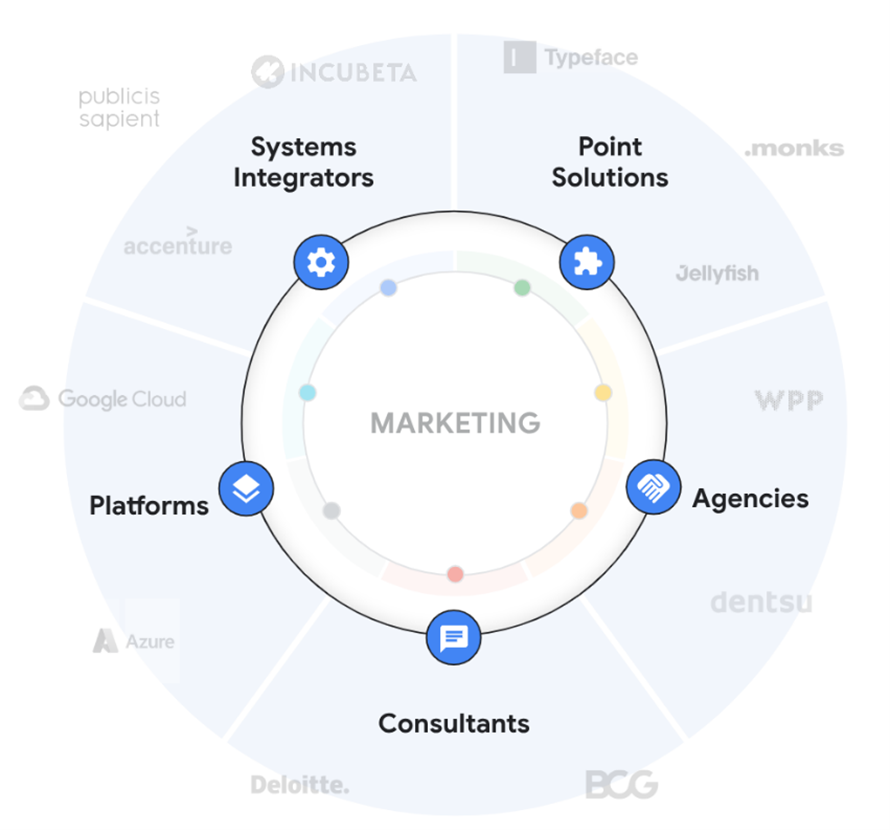The AI revolution in Canadian marketing: Seizing the opportunity and charting the course
Getting started: A practical roadmap for Canadian marketers
For many Canadian marketers, the primary question is not "why" but "how." Here's a practical guide to begin your AI journey:
- Start small and focused: Don't try to boil the ocean. Begin by identifying a specific pain point or a key performance indicator (KPI) you want to improve. This could be anything from enhancing the open rates of your email campaigns to personalizing product recommendations on your e-commerce site.
- Explore accessible AI tools: You don't need a massive budget or a team of data scientists to get started. Many popular marketing platforms already have built-in AI features. Explore the AI capabilities of your existing CRM, email marketing software and social media management tools. Additionally, a plethora of user-friendly, standalone AI tools are available for content creation, SEO optimization and data analysis.
- Embrace a test-and-learn mindset: The key to successful AI implementation is experimentation. Test different tools and strategies, measure the results, and be prepared to iterate. What works for one brand may not work for another, so a continuous cycle of testing and learning is crucial.
- Educate yourself and your team: The AI landscape is constantly evolving. Dedicate time to learning the fundamentals of AI and its applications in marketing. Encourage your team to do the same. Numerous online courses, webinars and industry publications can provide valuable insights. The CMA itself offers resources, training and events focused on AI in marketing.
- Use your network: Attend industry events, network with your colleagues and peers, and follow thought leaders on LinkedIn or in the trades.
For marketing business leaders: As business leaders, a strategic approach to AI adoption is key, and we recommend focusing on three core areas: results, relationships and responsibility.
1. Results
- Define your ultimate goal: What are you looking to achieve? For many, this will be straightforward return on investment (ROI).
- Anchor on business objectives: Identify a specific focus area to begin your AI adoption journey. Common areas include creative and content, media and personalization, or measurement and insights.
2. Relationships
How will you build the necessary relationships to drive progress?
- Executive sponsorship:
- Secure executive sponsorship early and at the highest levels – your CEO, CFO, CIO/CTO.
- Alignment within the C-suite is non-negotiable. Without top-level unity, AI projects will lack coherent direction, create internal friction and ultimately fail to deliver holistic value.
- Get these approvals from the start. Trying to secure buy-in later, especially when you're ready to scale, is far more difficult and will inevitably hinder your progress.
- Internal buy-in:
- Ensure you have the support of key internal stakeholders, such as finance, legal, privacy, HR, and transformation. This can be facilitated through ad-hoc task forces or executive councils.
- Involvement from these teams can help you clear major collaboration hurdles, by preventing underfunding, and establishing vital governance, ethical guidelines, and data strategy that marketing can’t handle on its own.

Source: Google
- External partnerships:
- Don't go it alone. Successfully scaling AI demands a diverse set of partners.
- A network of trusted third-party partners gives you access to specialized tech and talent, accelerates development and time-to-market, reduces costs and risk, helps navigate ethical AI and enables easier scaling.
- Four key players: Agencies (AI-driven creative), point solutions (specialized tools), platforms (infrastructure), and consultants/system integrators (strategic guidance).

Source: Google
- Take stock of your current partnerships. Note what you have, decide what you need and cultivate a shortlist.
- Evaluate the qualifications of potential partners carefully. Look for relevant case studies that demonstrate their experience with the kind of work you need. Check whether they hold certifications in their areas of expertise and if they belong to professional organizations that require adherence to a code of conduct. Certifications such as those from Google or the CMA can indicate credibility and capability. Useful resources include the GMP Enterprise Marketing Portal and the CMA Partnerships page.
3. Responsibility
- Establish governance and guardrails: How will you manage governance and set boundaries for AI?
- Develop principles and policies: Create AI principles, policies and design criteria. Establish controls that foster innovation, flexibility and trust while identifying unique AI-related risks. The CMA Guide on AI for Marketers offers practical insights and suggests best practices to help marketers leverage AI effectively and ethically.
- Cross-functional governance: Form a cross-functional governance committee to oversee AI solution delivery and innovation. This ensures security, privacy, risk and compliance considerations are integrated from the outset.
The human element in an AI-driven world
As we navigate this new frontier, it's essential to remember that marketing, at its core, is about human connection. AI can provide the data and the tools, but it's the creativity, empathy, commitment and strategic thinking of marketers that will ultimately build lasting brand loyalty. The most successful marketers of the future will be those who can effectively collaborate with AI, leveraging its power to enhance their own uniquely human skills.
The path forward is clear: embrace the opportunities, navigate the challenges with a strategic and ethical approach, and empower yourselves with the knowledge and skills to thrive in this exciting new era of marketing.
Authors:
Arden Tucker, Senior Director, TRKKN
With contributions from the Media Council



































